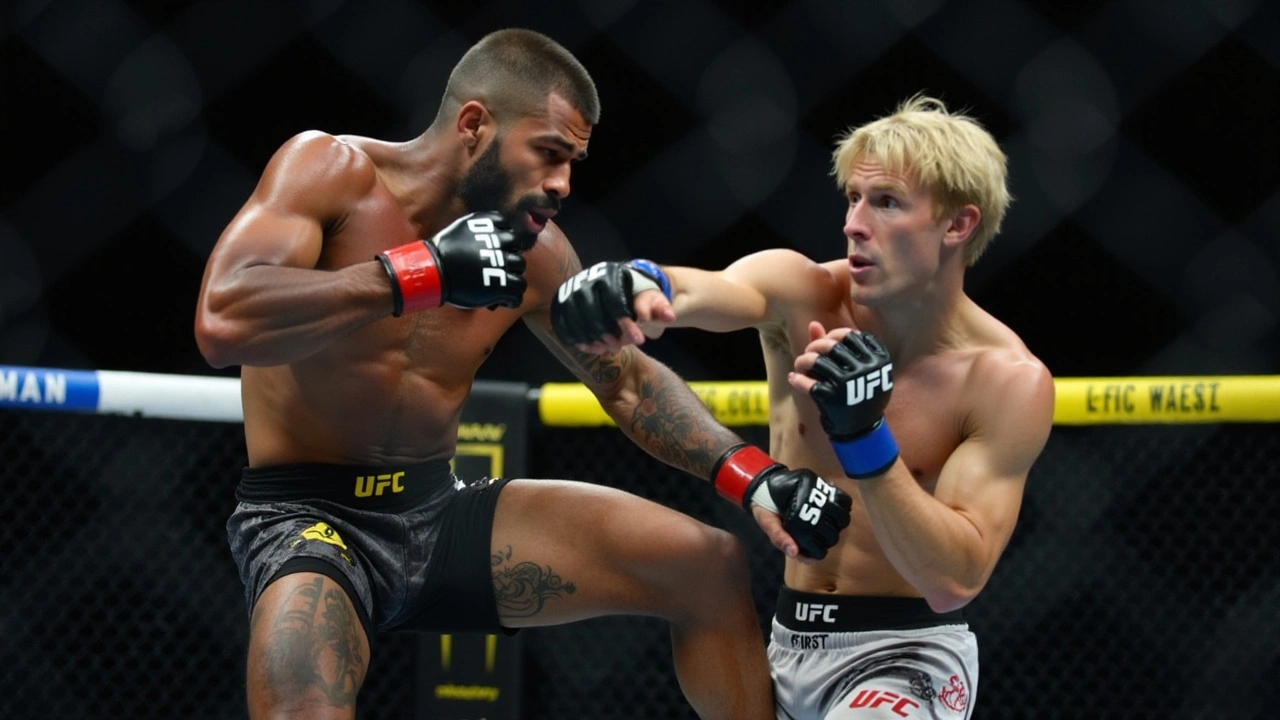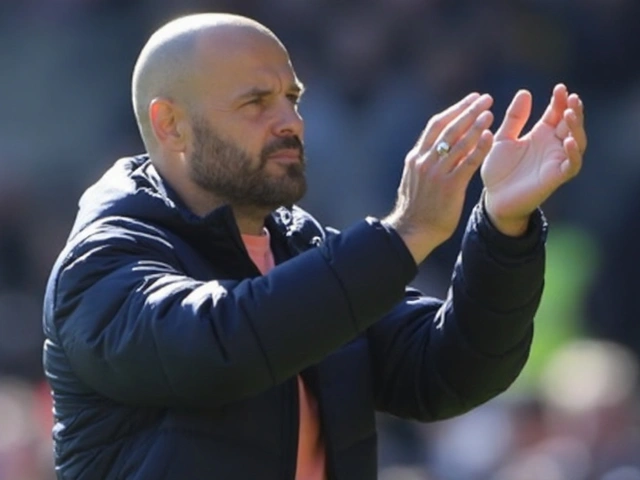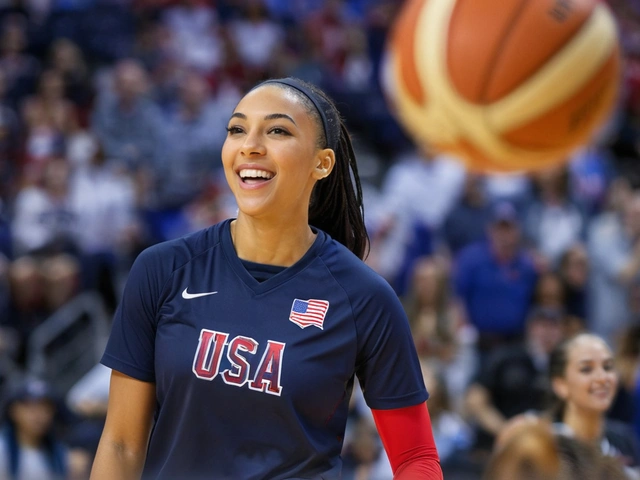Rear-naked choke: simple guide to mastering the choke
If you’ve ever watched an MMA fight or a BJJ class, you know the rear‑naked choke (RNC) is the move that ends most matches. It looks scary, but the mechanics are straightforward. In this guide we’ll break down why it works, when to go for it, and exactly how to lock it safely.
When to use the rear‑naked choke
The RNC shines when you have back control. That means you’re behind your opponent, your chest is pressed to theirs, and you have at least one hook (a leg) in place. If you’re in side control or top mount, the choke is harder to finish because the opponent can defend with their arms. So, look for the moment when you slip to the back – after a scramble, a takedown, or a guard pass.
Another good time is when your opponent is tired. A fresh fighter can shrug off the pressure, but a fatigued one often taps quickly. In sparring, try to transition to the back after a failed guard pass – that’s a classic spot for the RNC.
Step‑by‑step technique
1. Secure the back. Get both hooks in or at least one hook and a body lock. Your chest should be snug against their torso.
2. Place the choking arm. Slide the arm that will finish the choke under their chin, aiming for the space between their neck and shoulder. Your elbow should be beside their head, hand near the opposite shoulder.
3. Grip the biceps. With the choking hand, grab the bicep of the opposite arm (the arm that’s hugging you). This creates a solid frame and prevents the opponent from pulling the arm out.
4. Lock the choke. With your free hand, reach behind the opponent’s head and grab your own wrist (or palm‑to‑palm). This is the “figure‑four” lock that makes the choke tight.
5. Finish. Squeeze by pulling your elbows together and expanding your chest forward. The pressure compresses both sides of the neck, cutting off blood flow to the brain. The opponent should tap within a few seconds if they’re not defending well.
Remember to keep your chin tucked and your head close to theirs – that stops them from turning into you and breaking the hold.
Safety and common mistakes
Never leave the choke on for longer than needed. In training, release the pressure as soon as your partner taps. Holding it too long can cause a concussion or neck injury.
A common mistake is grabbing the wrong spot on the arm. If you grab the triceps instead of the bicep, the choke loses its tightness and the opponent can slip out. Another error is using too much arm strength and not enough chest pressure. The RNC works best when you drive your chest into the opponent’s back, not just pull with your arms.
Finally, avoid the choke if the opponent has a full guard or is defending with both hands on your choking arm – you’ll just waste energy and expose yourself to counters.
Practice the RNC slowly at first, focusing on hand placement and body lock. As you get comfortable, increase speed and add it to live rolling. With repeated drills, the move becomes second nature and you’ll finish fights or sparring rounds without thinking.
So next time you find yourself on the back of an opponent, remember these steps, stay relaxed, and the rear‑naked choke will be your go‑to submission.
Alexandre Pantoja Triumphs Over Asakura to Retain UFC Flyweight Title at UFC 310
Alexandre Pantoja left no doubt about his dominance in the flyweight division as he defended his title against Japan's Kai Asakura at UFC 310. The match, held at the iconic T-Mobile Arena, witnessed Pantoja securing a rear-naked choke triumph in the second round. This victory marks his third title defense, showcasing his submissions prowess with the eighth rear-naked choke of his career.
View More




